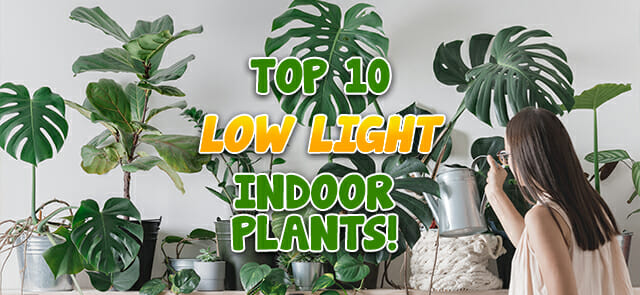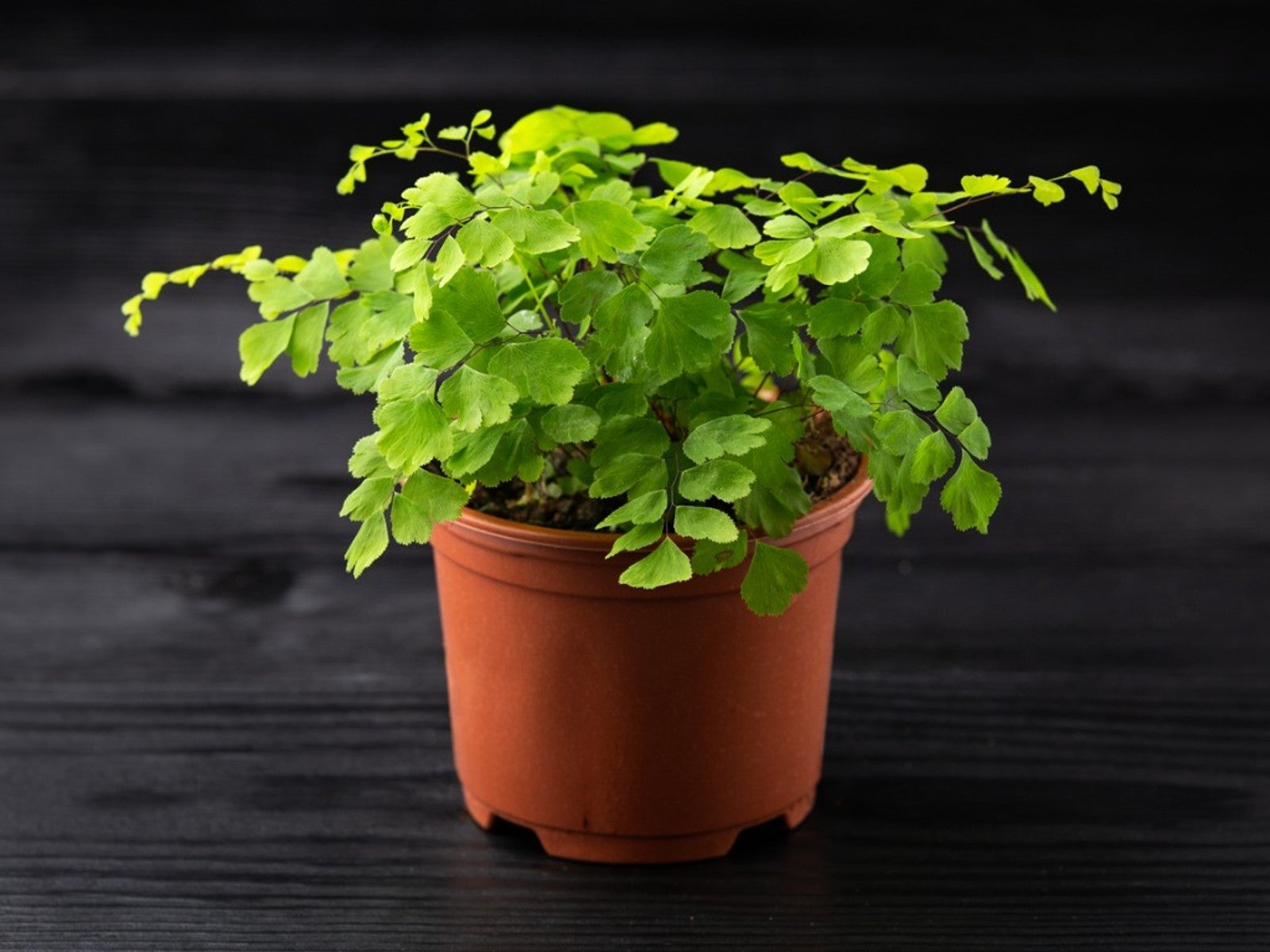The Best Low-Light Indoor Plants That Require Minimal Care and Attention
Transform Your Home With Beautiful Low-Light Indoor Plants and Their Advantages
Integrating low-light interior plants right into your home can dramatically enhance both the aesthetic and ecological top quality of your living areas. These plants, which prosper in dim conditions, serve not only as attractive components but additionally as natural air cleansers, making them optimal for urban occupants or those with limited sunlight exposure. As we check out the numerous kinds of low-light plants and their benefits, you might find unusual ways to integrate them into your home that can transform your environments in methods you may not have prepared for.
Advantages of Low-Light Plants
Low-light plants use many benefits for indoor atmospheres, making them an exceptional option for both newbie and seasoned garden enthusiasts. Among the primary benefits is their adaptability to low-light conditions, permitting individuals to enhance their home without the requirement for extensive sunshine exposure. This characteristic makes them excellent for houses, workplaces, and other locations with restricted all-natural light.

Additionally, integrating low-light plants into home decoration can boost the visual allure of a room. Their lavish vegetation and differed appearances create a calming environment, adding to total well-being. Finally, the visibility of plant has actually been connected to lowered stress and anxiety degrees and boosted performance, making low-light plants a practical choice for boosting both physical and psychological wellness in indoor settings.
Top Low-Light Indoor Plants
While several interior plants prosper in brilliant light, a number of species are especially fit for low-light conditions, making them suitable for various indoor spaces. One popular option is the Serpent Plant (Sansevieria), recognized for its striking upright leaves and durability, needing minimal care. An additional outstanding alternative is the Pothos (Epipremnum aureum), which includes heart-shaped fallen leaves and can route magnificently from racks or hangers, thriving in reduced light and adding a lavish touch.
The ZZ Plant (Zamioculcas zamiifolia) is celebrated for its shiny fallen leaves and capacity to withstand disregard, making it perfect for hectic way of lives. Likewise, the Peace Lily (Spathiphyllum) not only endures reduced light however likewise produces spectacular white flowers, boosting any type of space's aesthetic.
For an one-of-a-kind touch, take into consideration the Cast Iron Plant (Aspidistra elatior), which indeed meets its name, prospering in the darkest edges of your home. Finally, the Chinese Evergreen (Aglaonema) uses a selection of fallen leave patterns and colors while being extremely flexible in low-light problems. These plants not just improve interior atmospheres yet additionally contribute to air filtration, improving your space.
Treatment Tips for Low-Light Plants

Sprinkling methods are vital; these plants typically prefer somewhat dry problems. Overwatering can lead to root rot, so make certain that the top inch of dirt is dry prior to watering once again. Use pots with water drainage holes to permit excess moisture to run away.
Humidity is an additional important factor. Lots of low-light plants, such as brushes and peace lilies, take advantage of higher moisture degrees. To raise moisture, consider misting the leaves or placing a tray of water near the plants.
Fertilizing needs to be come close to with caution. During the expanding season, make use of a diluted, balanced fluid plant food every month to sustain growth, yet prevent feeding throughout the inactive winter months.

Imaginative Ways to Display Plants
Indoor plants can act as fascinating focal factors in any kind of area, enhancing both aesthetic appeal and ambiance. Creative displays can raise the visual effect of low-light plants, making them an indispensable component of your home style. One effective technique is to make use of tiered plant stands, which allow you to showcase several plants at differing elevations while optimizing flooring space.
Hanging planters are another ingenious option, producing a feeling of depth and drawing the eye up. Consider macramé hangers or wall-mounted shelves to present a special texture and style.
For a more structured method, use geometric terrariums or glass containers to house your plants, look at this now adding a contemporary touch to your interior garden. You can likewise repurpose classic things, such as teacups or wooden cages, for an eclectic display screen that mirrors your individuality.
Enhancing Home Setting With Plants
Incorporating low-light plants right into your home not only improves visual charm however likewise adds significantly to the overall ambiance. These plants act as natural design elements, presenting a sense of peace that can he said change any type of area. The visibility of plant cultivates a soothing environment, which is specifically valuable in high-stress settings such as home workplaces or living spaces.
Low-light plants, such as serpent plants, pothos, and ZZ plants, are not just visually pleasing however likewise boost interior air high quality by filtering pollutants. This dual function enhances the atmosphere even more, creating a healthier space (Best low-light indoor plants). The strategic positioning of these plants can additionally influence the perception of area; for circumstances, high plants can draw the eye upwards, making ceilings show up higher and areas a lot more roomy
Moreover, differing textures and colors of vegetation add deepness to indoor layout, permitting imaginative expression in home styling. Whether placed on racks, in corners, or as centerpieces, low-light plants can raise the mood of any type of space. In recap, incorporating these plants into your home is a reliable method to cultivate a warm, welcoming atmosphere while gaining the benefits of enhanced air quality and aesthetic convenience.
Final Thought
Including low-light indoor plants into home atmospheres supplies various benefits, including boosted aesthetic allure and improved air top quality. These durable plants, such as the Snake Plant and Tranquility Lily, need minimal light and upkeep, making them appropriate for varied way of lives. Their ability to filter pollutants contributes to a much healthier home, while their diverse structures and colors enhance interior decor (Best low-light indoor plants). Ultimately, the incorporation of low-light plants cultivates a calm and welcoming atmosphere, changing any type of home into a relaxing sanctuary.
While lots of indoor plants prosper in intense light, numerous species are specifically appropriate for low-light conditions, making them suitable for numerous interior areas. One effective approach is to use tiered plant stands, which allow you to showcase several plants at differing heights while making the most of flooring room.
Low-light plants, such as snake plants, pothos, and ZZ plants, are not just cosmetically pleasing yet also boost indoor air top quality by filtering toxins. Best low-light indoor plants. The tactical positioning of these plants can also influence the assumption of space; for circumstances, tall plants can draw the eye upwards, making ceilings appear greater and rooms a lot more spacious
These durable plants, such as the Serpent Plant and Peace Lily, need marginal light and maintenance, making have a peek at this site them ideal for varied way of lives.